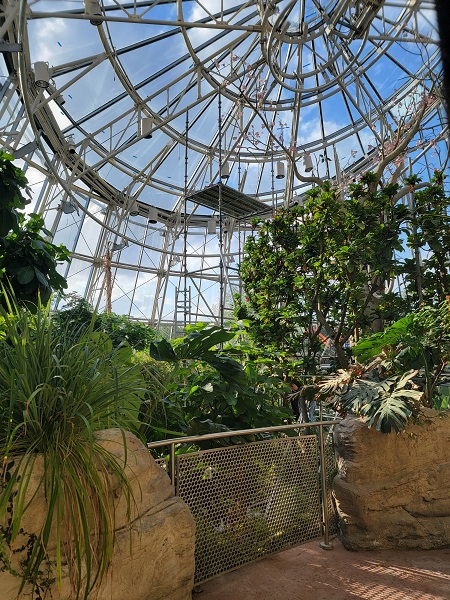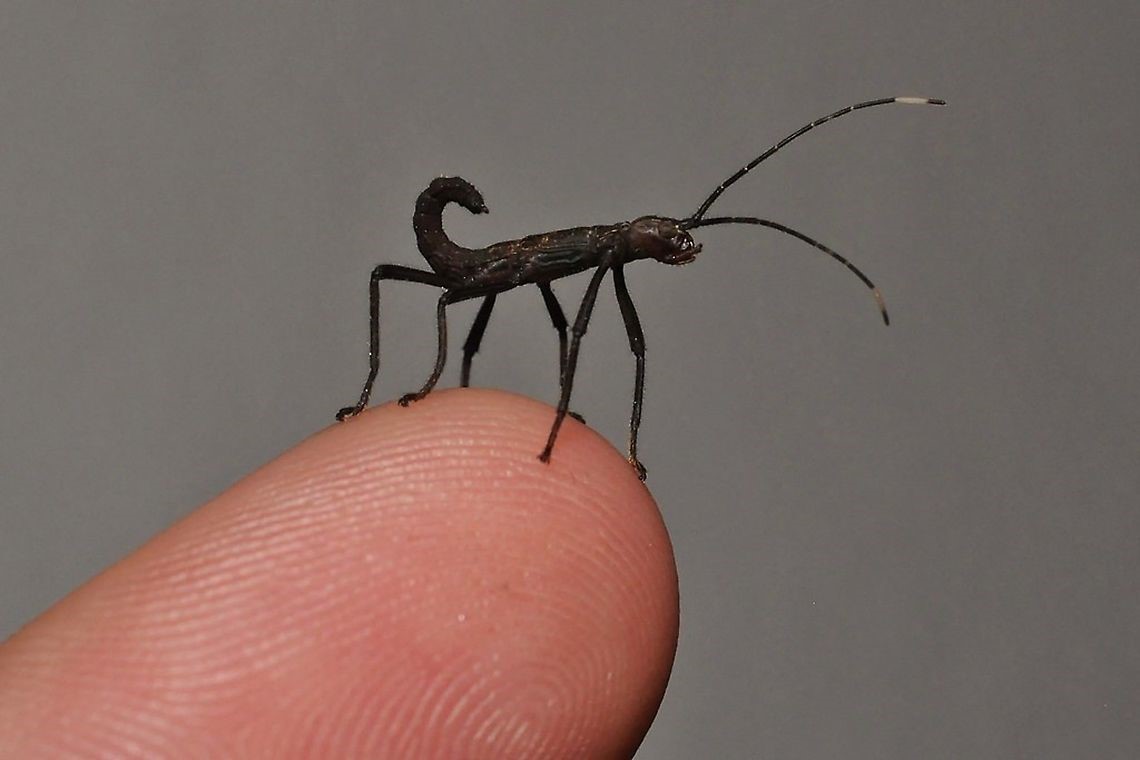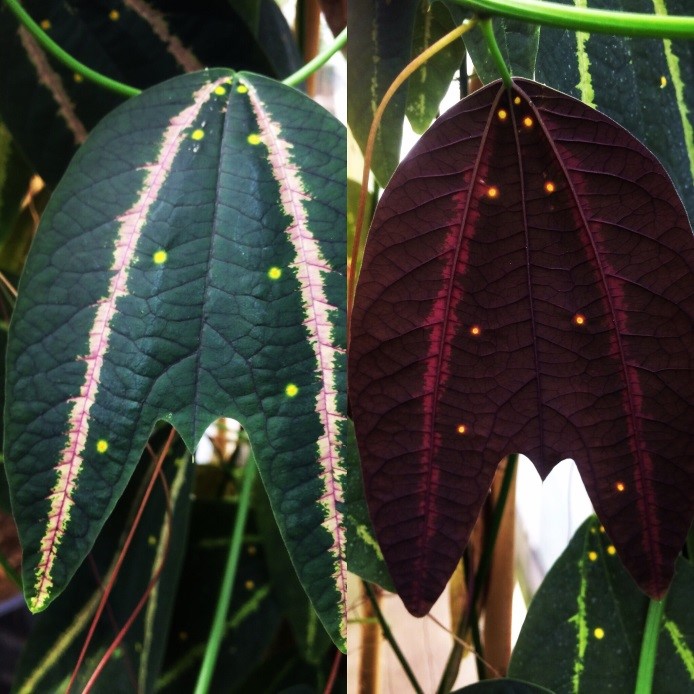In economic terms, bees far outstrip butterflies and moths as pollinators. However, there are some plants that are exclusively pollinated by butterflies — especially some wildflowers and garden ornamentals — and several night-blooming species are specifically pollinated by hawkmoths.
Butterflies and moths are members of the insect order “Lepidoptera” — the scaly-winged insects. In addition to the scales covering adults’ wings, Lepidoptera have unique mouth parts as adults: a long, thin, double-barreled, flexible “straw” that is kept coiled up when not in use and extends to reach deep into flowers to extract nectar. This long proboscis means the plants that butterflies and moths typically pollinate have long, thin floral tubes, making the nectar inaccessible to other pollinators with shorter tongues, such as bees or flies.

The technical term for butterfly pollination is “psychophily” — psyche being Greek for butterfly. Butterfly-pollinated flowers are usually brightly colored (butterflies have the widest-known range of color vision in the animal kingdom), especially in yellows, oranges, reds, pinks, and purples or combinations. Scent is apparently not important for butterflies. However, the flower structure and position is important. Butterfly-attracting flowers are often produced in showy terminal clusters of smallish blossoms, each with a floral tube that contains nectar and is easily accessible by the butterfly’s long proboscis.
Smaller flowers are usually pollinated by smaller butterflies, which have relatively shorter probosces; large butterflies such as swallowtails have very long probosces and a longer “reach.” Some familiar examples of “classic” butterfly-pollinated flowers are pentas, lantana (indeed many plants in the verbena family), thistles and coneflowers (and many other members of the sunflower or aster family), and milkweeds, among others. Milkweeds are especially interesting as their pollen is not powdery but occurs in masses or pollinia, each of which bears a little hook that catches on a butterfly’s leg as it probes among the flower clusters.
A few butterflies (mostly the genus Heliconius in the longwing butterfly family) are known to collect pollen on their proboscis and absorb the amino acids from it. In general, butterflies do not have the “carrying capacity” for pollen as bees do with their hairy bodies. However, as they move from flower to flower, enough pollen accumulates on their legs or proboscis to get the job done!
Moth pollination is termed “phalaenophily” (phalaen- meaning moth). A number of moths, including tiger moths, noctuid or owlet moths, and more, visit flowers. But the best-known pollinators among the moths are the hawkmoths, also known as sphinx moths — the adult form of hornworm caterpillars. These large, powerful fliers are basically the nocturnal equivalent of hummingbirds. Hawkmoth-pollinated flowers are usually white or pale-colored, making them stand out from the surrounding vegetation at night. They have long floral tubes to accommodate the very long proboscis of these moths, and many are highly fragrant in the evening, or may only open after dark. Some examples are moonflower, Brunfelsia, Brugmansia and Datura, night-blooming jasmine, four o’clocks, and evening primrose.
Back to bees: most of us think “honey bee” when we think of bees, but there are many other bee species, from the familiar bumblebee (not common in our area) to the giant carpenter bees, to tiny sweat bees and colorful leaf cutter bees. These different bee species also have favorite flowers to visit for nectar or pollen (most bees only collect pollen). For the technophiles, pollination by bees is called “melittophily.”
The wonderful variety of flowers — their shapes, sizes, colors, scents and time of day they bloom, even their placement on a plant — have all evolved to attract a pollinator, often a specific one. Since plants are rooted in the ground, they depend on things that move, mostly flying things — whether butterfly, moth, bee, fly, hummingbird, bat, or even wind — to transfer their male gametes (in pollen) from flower to flower so that the plants can make more of themselves through forming fruits and seeds.
Next time you are out in your garden, in a field of wildflowers, in a gardening shop, or any place with an abundance of flowers, stop to look more closely at the blooms and think about what pollinator that plant might depend on for its survival.







